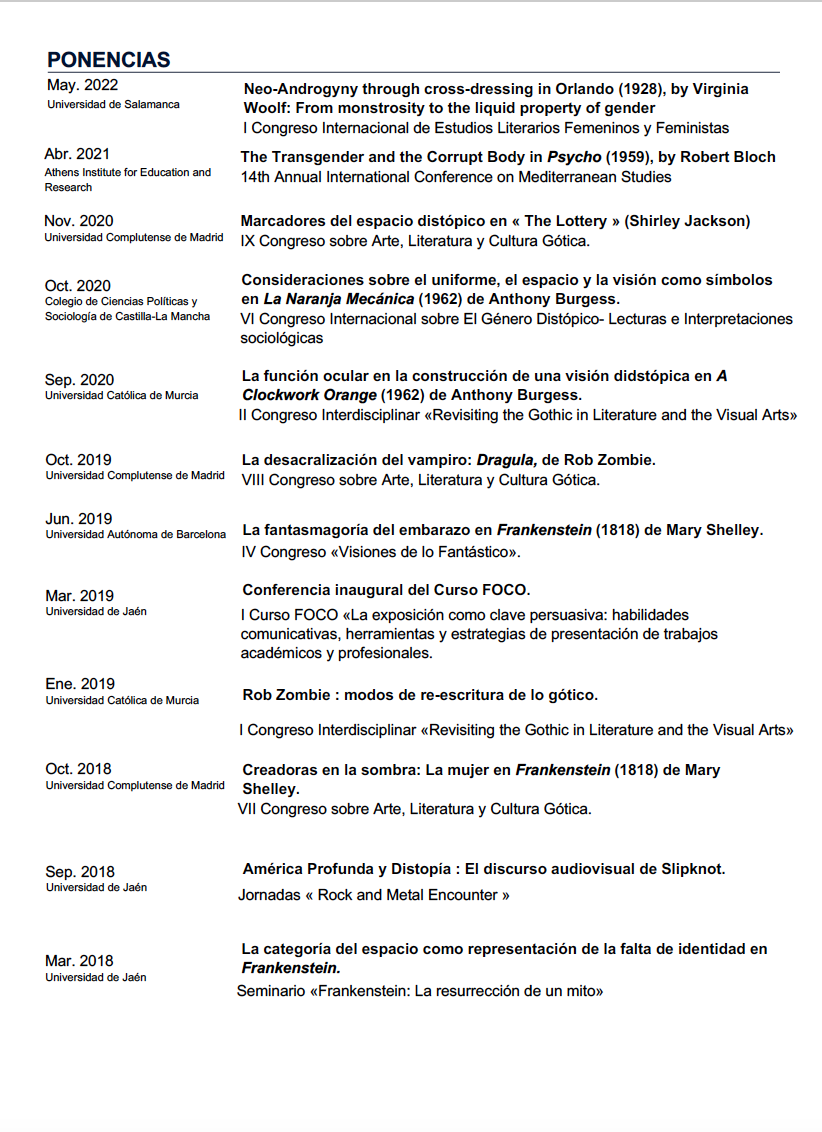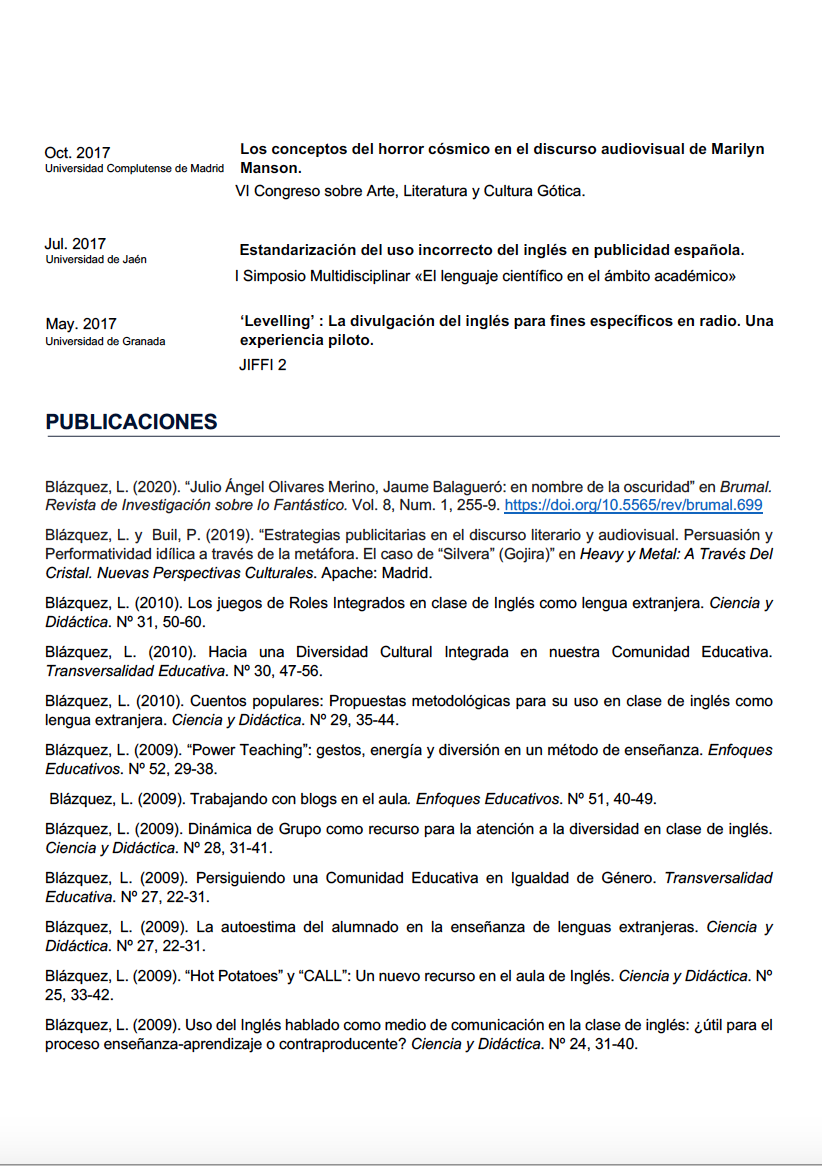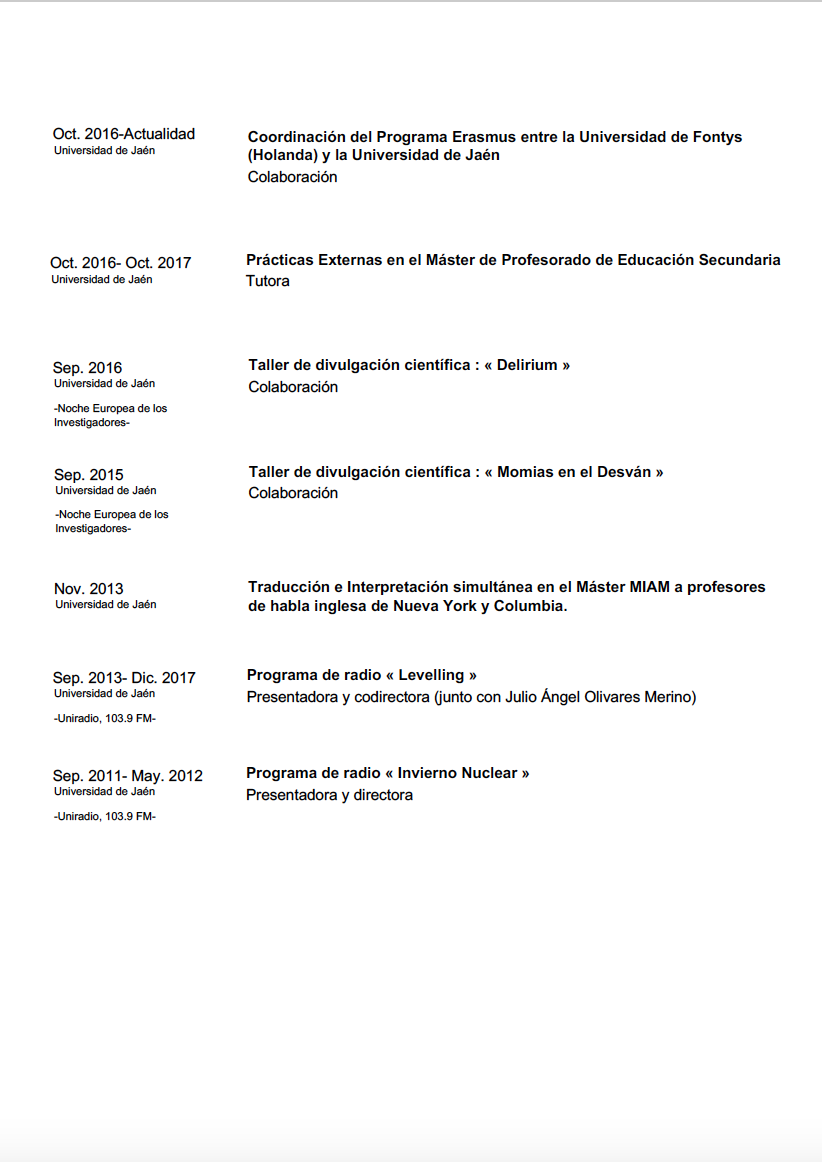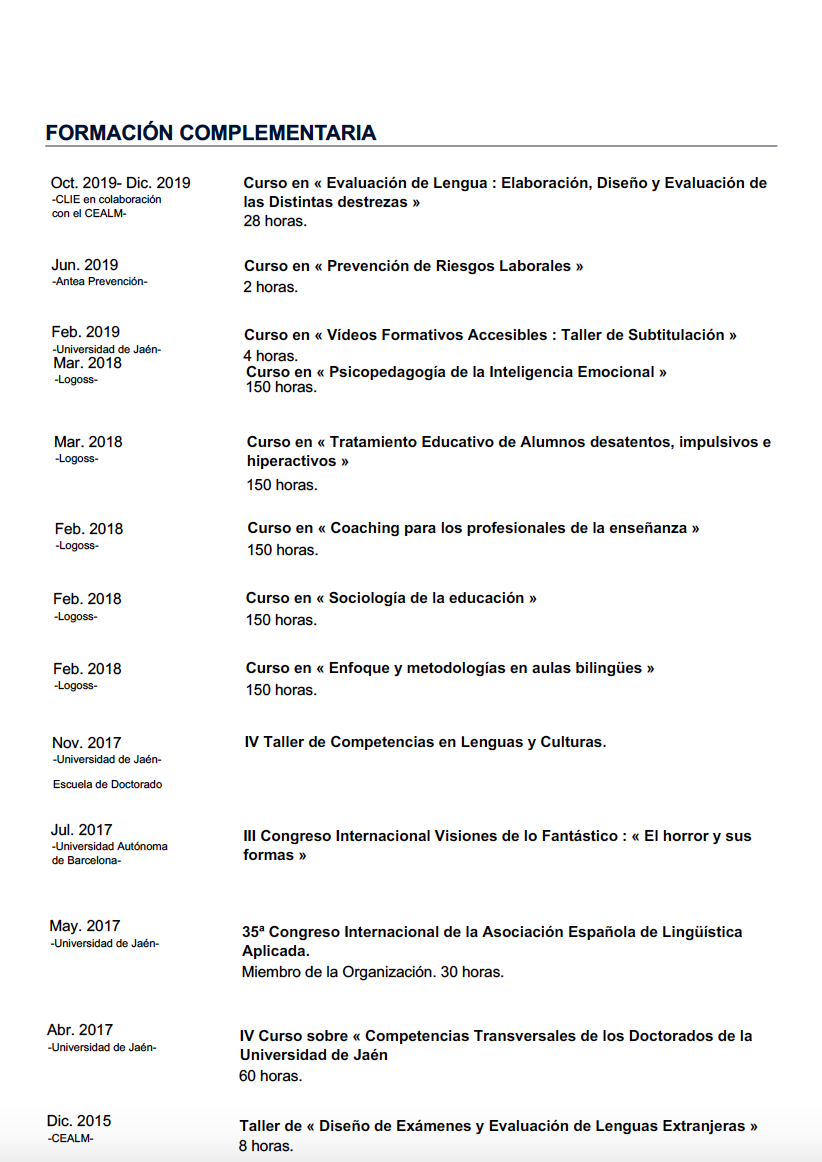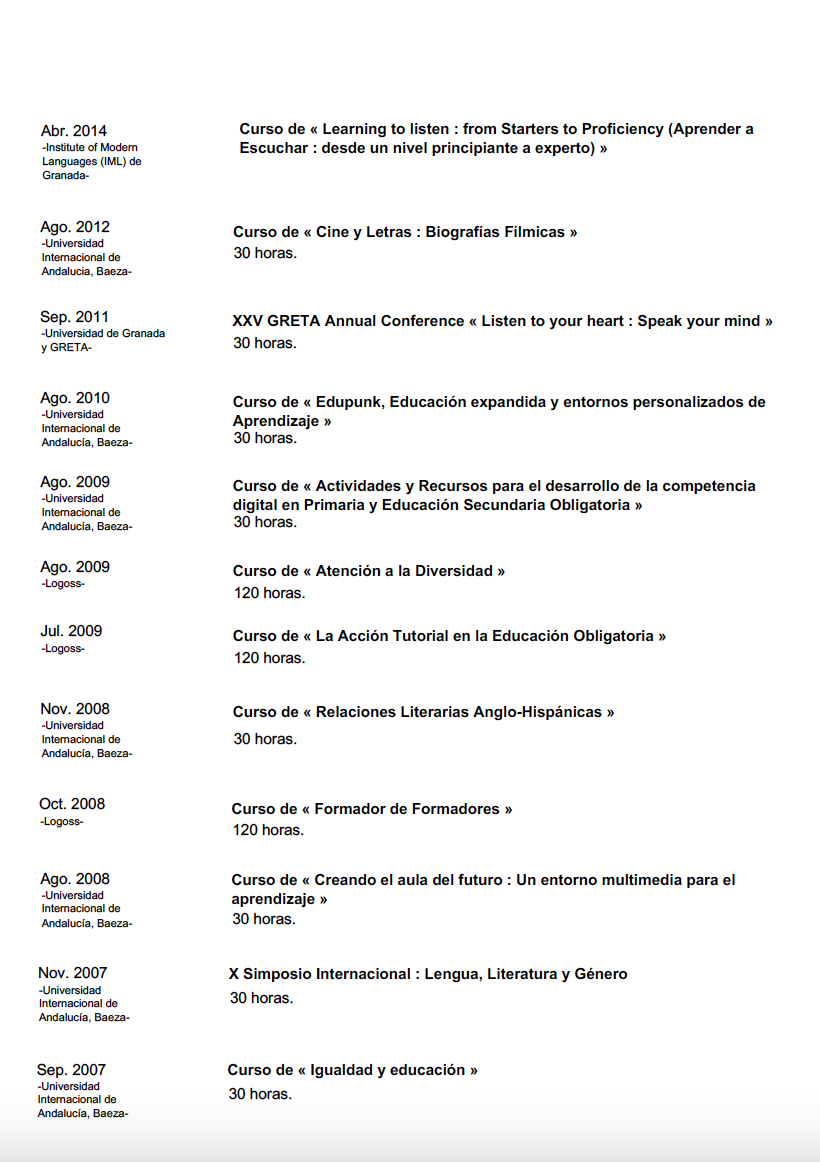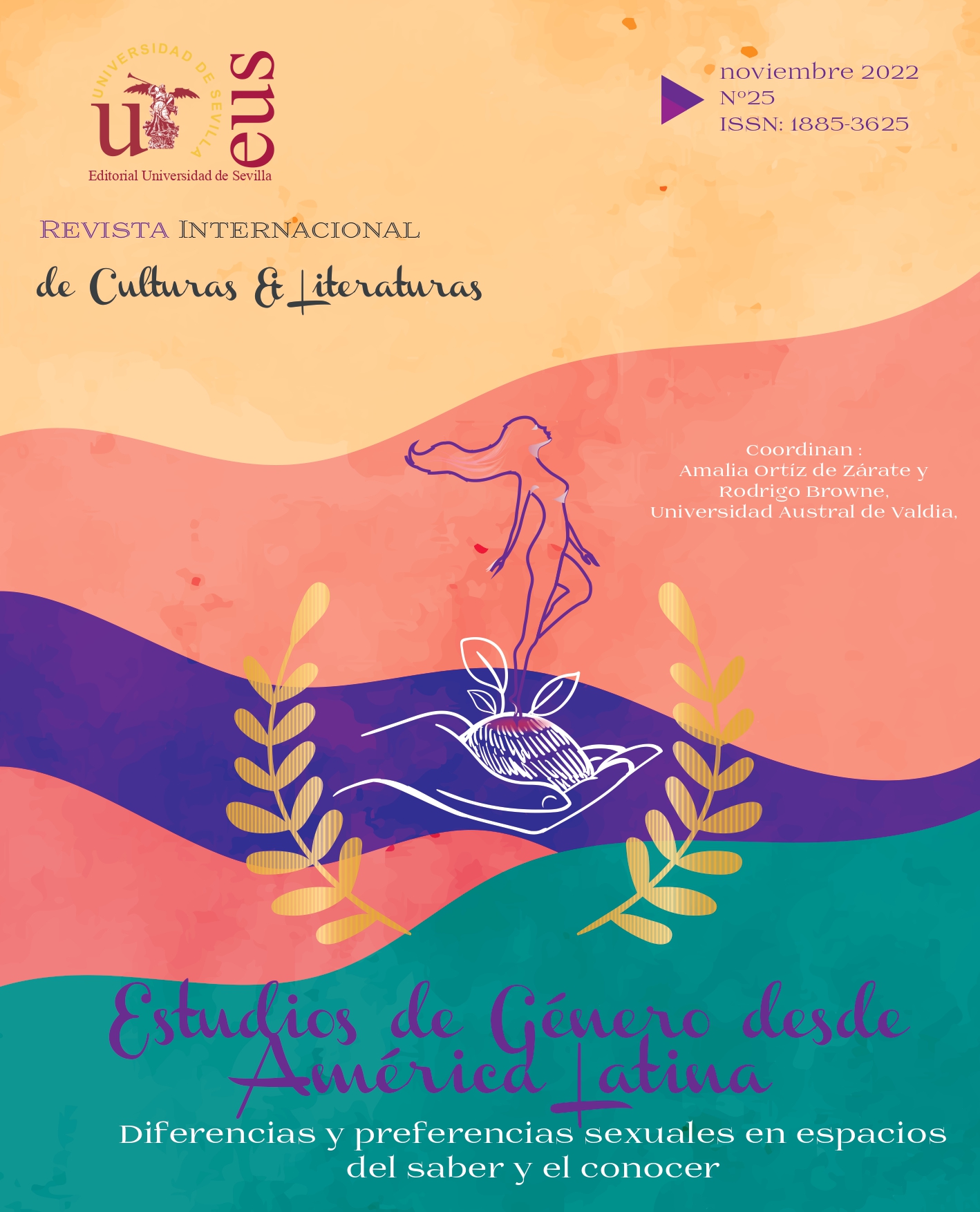REDEFINING GENDER THROUGH THE DIACHRONIC LENS IN ORLANDO (1928), BY VIRGINIA WOOLF
DOI:
https://doi.org/10.12795/RICL2022.i25.28Keywords:
transvestism, neo-androgyny, genre, biological sexAbstract
The novel Orlando (1928), by Virginia Woolf, shows the presence of transvestism or cross-dressing as a constant, a fact that highlights the questioning of the normative in relation to female and male corporeality, according to exclusively biological parameters, in which the genitals are epicenter of the classification.
From a diachronic perspective, the vision of transvestism, mainly through androgyny, has shown how the dominant culture and thought has considered it to be a characteristic associated with divinity or the teratological, and is regulated by medical-legal committees in favor of a biological evolution in accordance with the dominant hetero-normativity.
Through an analysis of the novel the objective is to show gender issues that are practically a century ahead of the debate on gender and current identity. From a contemporary perspective, it is evident that through cross-dressing, the author proposes alternatives to the biological binary, questioning the morphology and behavior of socially imposed gender –a position in line with Foucault's biopolitics–, and opens the possibility to liquid ownership of gender constructed through physical appearance and behavior. The latter, moreover, is another pillar for gender analysis in Orlando through the concept of neo-androgyny, it serves to question androgyny as innate [or] learned gendered.
Downloads
References
Ambrose, Kirk (2012). Male nude and embodiment spirituality in Romanesque sculpture. In Lindquist, Sherry (Ed.) The meanings of nudity in medieval art. (pp.65-84). Routledge.
Bauhini, Casparus (1614). The hermaphroditorum. Typis Hieronymi Galleraaere, Theodori de Bry.
Bem, Sandra (1975). The measurement of psychological androgyny. Journal of Clinical and Consulting Psychology, 42, 155-162.
Blázquez, Laura (2021). The Phantasmagoria of Pregnancy in Frankenstein or the Modern Prometheus (1818), by Mary Shelley. [Trabajo de Fin de Máster, Universidad Nacional de Jaén]. https://tauja.ujaen.es/bitstream/10953.1/15091/1/Blazquez%20Cruz%2c%20Laura_TFM_THE_PHANTASMAGORY_OF_PREGNANCY.pdf
Burns, Christy L. (1994). Re-Dressing Feminist Identities: Tensions between Essential and Constructed Selves in Virginia Woolf’s Orlando. Twentieth Century Literature, 40(3), 342–64. https://doi.org/10.2307/441560
Butler, Judith (1999). Gender trouble. Routledge.
Butler, Judith (2004). Undoing gender. Routledge.
Butler, Judith (2011). Bodies that matter. Routledge.
Caplan, Paula J., and Caplan, Jeremy (1994). Thinking critically about research on sex and gender. Psychology Press.
DeVun, Leach (2018). Heavenly hermaphrodites: sexual difference at the beginning and end of time. Postmedieval: a journal of medieval cultural studies, 9, 132-146.
Foucault, Michel (1980). Microfísica del Poder, especialmente el apartado Poder-Cuerpo. Ediciones La Piqueta.
Foucault, Michel (2005). Vigilar y Castigar. Siglo XXI Editores.
López García, Ángela (2019). From Man to Woman to a New Understanding of Gender: Virginia Woolf’s Orlando and Angela Carter’s The Passion of New Eve. Meridian critic, 33(2), 15-23.
Lee, Hermione (1977). The novels of Virginia Woolf. Methuen & Co Ltd.
LeGoff, Jacques y Truong, Nicolás (2014). Una historia del cuerpo en la Edad Media. Paidós.
Libis, Jean (2001). El mito del andrógino. Siruela.
Llano, Alejandro (1989). La nueva sensibilidad. Espasa-Calpe.
Melián Pérez, Elvira (2021). El hermafrodita anatómico-fisiológico, o la fractura medieval y aurea del mito del andrógino. Contextos iconográficos. De Medio Aevo 10(2), 355-370. https://dx.doi.org/10.5209/dmae.75825
Moslehi M, Niazi N (2016). A Study of Gender Performativity in Virginia Woolf’s Orlando: A Mocking Biography. k@ta, 18(1), 1-7. doi:10.9744/kata.18.1.1-7
Nederman, Cary and True, Jacqui (1996). The third sex: the idea of hermaphrodite in twelve century Europe. Journal of History of Sexuality 6(4), 497-517.
Pérez Valino, Amalia (2020). La duplicidad del desnudo femenino: entre el vestido divino y la piel del pecado. Románico, 30, 70-78.
Sanyal, Swikriti (2014). Breaking through the Limits of Flesh: Gender Fluidity and (Un)natural Sexuality in Virginia Woolf’s Orlando. Rupkatha Journal on Interdisciplinary Studies in Humanities, 4(1), 79-86.
Sigurta, Renato (1976). Rasgos psicológicos de la moda masculina en Eco et al. (Eds.) Psicología del vestir (pp.25-42) Lumen.
Smith, Martin Joseph (1998). The relationship between gender traits, sex role, egalitarian attitudes, attachment styles, and life satisfaction. [Thesis Dissertation]. https://www.proquest.com/docview/304453233?pq-origsite=gscholar&fromopenview=true
Thanem, Torkild, and Louise Wallenberg (2016). Just doing gender? Transvestism and the power of underdoing gender in everyday life and work. Organization, 23(2), 250-271.
Walde Moheno, Lillian von der (1994). Lo monstruoso medieval. La experiencia literaria, 2, 47-52.
Woolf, Virginia (1963). Orlando: A biography. Penguin Books.


